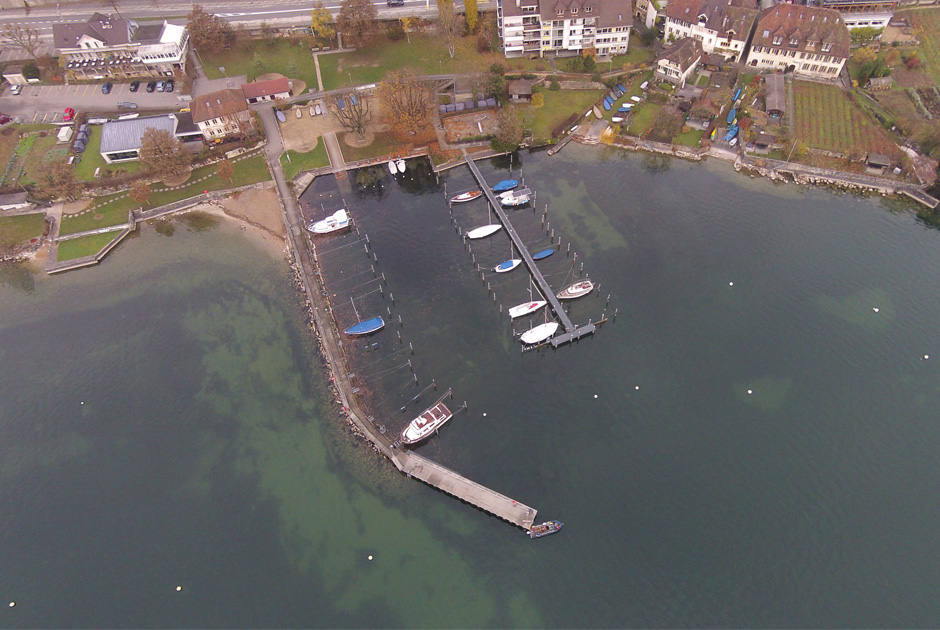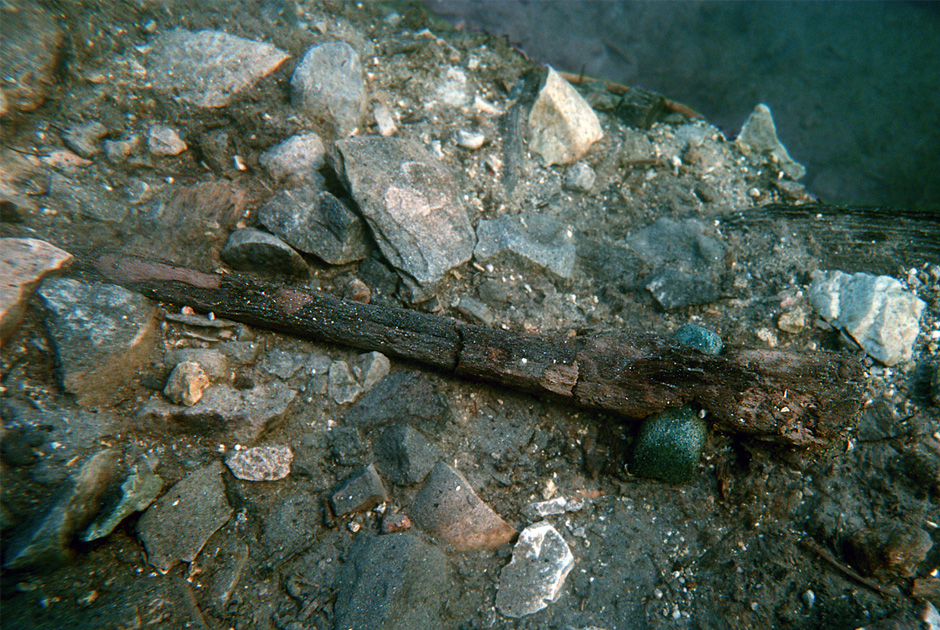
CH-BE-01
Biel | Vingelz / Hafen
Description
actuellement disponible uniquement en langue anglaise
The remains of an early settlement were discovered in the area of the port of Vingelz, in 1874. The steep northern banks of the Bieler Lake offered very few suitable sites for settlement, compared to the much more level southern shore, and so the site was used over and over again. A palisade made of wooden piles dates to the oldest construction phase, around 2970 BC. After a long hiatus, another two to three villages were constructed on the site between 2825 BC and 2695 BC. The extent and the preservation of the site has been examined by underwater core drilling and prospecting. Although the extent of the site is not very large, it bears several rich archaeological horizons with a stratigraphy of stone, wood, clay and general refuse. The layers quickly thin out toward the deeper waters of the lake.
Néolithique
néolithique final, 3100-2600 av. J.C.
Lac de Bienne
428 m
Taille du site 0,6 ha / environ 1 terrain de foot
Taille du zone tampon 18,4 ha / environ 26 terrains de foot
Particulartés & points forts
actuellement disponible uniquement en langue anglaise
Very well preserved site at Lake Bienne. Important archive for future research.

Activités en cours
actuellement disponible uniquement en langue anglaise
Survey of the state of conservation by means of submerged prospecting and core drilling. Regular monitoring by the diving team of the Archaeological Service.
Recent publication:
Peter J. Suter, Um 2700 v. Chr. Wandel und Kontinuität in den Ufersiedlungen am Bielersee. Ufersiedlungen am Bielersee 8. Bern 2017; 764 S.; CHF 82.–; ISBN 978-3-9524659-4-3.
Beim ADB zu beziehen: adb.sab@be.ch
Découvrir les palafittes
actuellement disponible uniquement en langue anglaise
The site is under water, but can be visited individually from the shore. An information board provides information on site.